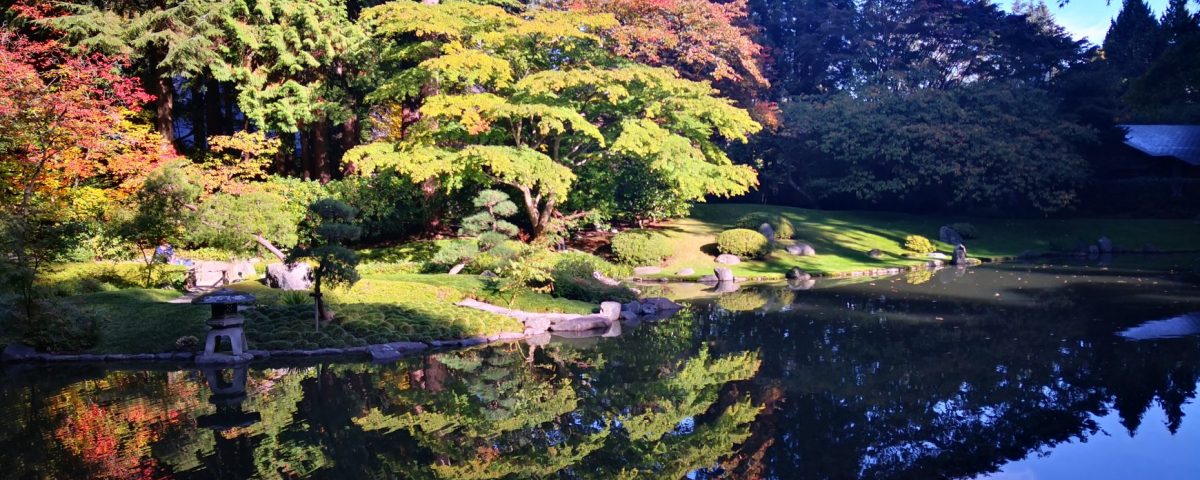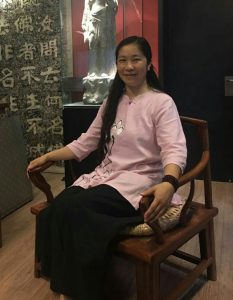
Speaker: TANG Jia (Chinese National Academy of Arts)
When: 4 pm, Thursday, November 1, 2018
Venue: UBC Asian Centre, Room 604
Sponsor: Tianzhu Buddhist Network

Abstract:
The primary document first mentioned Ge-yi in Buddhist cannon is the biographical account of Zhu Faya 竺法雅 (a monk lived in the Jin Dynasty) in the Biography of Eminent Monks 高僧傳 edited by Huijiao 慧皎 [497–554] in the Liang Dynasty, in which Ge-yi refers to a method that Zhu Faya with Kang Falang 康法朗 presented enumerations of items in Buddhist sutras with Chinese traditional scriptures as instances of explication. In academic research, the term Buddhist Ge-yi (格義, Ko-i) is often rendered as “matching concepts” (“match Buddhist and Taoist concepts”, “matching the meanings”, “categorizing concepts”) which served to pare Indian Buddhist concepts to native Chinese terms and categories. In Chinese Buddhism, Ge-yi played a central role in the progress of transmission and assimilation of Indian Buddhism in China during its earliest phases. At that time, Buddhism had somehow to be “translated” into terms that Chinese could understand so as to prepared and adapted for Chinese audience through translation and explanation, borrowing traditional Chinese terms to translate and explain Buddhist ideas in Chinese language and metaphor is the most important characteristics of Ge-yi.
Recent studies have shown that Ge-yi has a variety of extended relevant meanings: 1) a specific historical period of Chinese Buddhism in Dong-Jin Dynasty; 2) the first stage of Buddhism in China; 3) a short-lived Buddhist method of Chinese translation that was abandoned in the 4th century; 4) a translation technique whereby Buddhists borrowed Taoist terms to express Indian ideas in Chinese used in medieval China; 5) a method for explaining lists of Sanskrit terms from the Buddhist canon with comparable lists from Chinese classics; 6) an exegetical technique of circumscribed application for a limited duration developed into a key element of Chinese Buddhist historiography; 7) a method of comparative philosophy operative throughout Chinese history after the advent of Buddhism; 8) a universal method of intercultural philosophy ; etc. Based on the results of previous academic studies, by using the method of Chinese Philological Exegesis, I try to figure out what Buddhist Ge-yi is.
About the speaker
 Jia TANG 唐嘉, Ph.d. Renmin University of China (2010); Postdoctoral Fellow, School of Chinese Language and Literature, Beijing Normal University (2010–2013); Research Associate, Chinese National Academy of Arts (2013–); previous published books: A Study of Buddhist Nuns’ beliefs During the Dong-Jin, Song, Qi, Liang and Chen Dynasties 東晉宋齊梁陳比丘尼研究 ( Sichuan: Bashu Press 巴蜀書社, 2011), Buddhist Women in the Wei, Jin, Southern and Northern Dynasties 魏晉南北朝女性佛教信仰研究 (Co-authored with Luping Wang, Beijing: CITIC Publishing House中信出版社, 2017), An Essential Study of Buddhist Ge-yi: Taking Daśasahasrika-Prajñāpāramitā Sūtra as an Example《道行般若經》“格義”研究 (Beijing: Shidaihuawen Press 時代華文書局, 2018); works primarily in the area of medieval Chinese Buddhism, Chinese philosophy, Chinese literature, Buddhist literature studies, gender studies.
Jia TANG 唐嘉, Ph.d. Renmin University of China (2010); Postdoctoral Fellow, School of Chinese Language and Literature, Beijing Normal University (2010–2013); Research Associate, Chinese National Academy of Arts (2013–); previous published books: A Study of Buddhist Nuns’ beliefs During the Dong-Jin, Song, Qi, Liang and Chen Dynasties 東晉宋齊梁陳比丘尼研究 ( Sichuan: Bashu Press 巴蜀書社, 2011), Buddhist Women in the Wei, Jin, Southern and Northern Dynasties 魏晉南北朝女性佛教信仰研究 (Co-authored with Luping Wang, Beijing: CITIC Publishing House中信出版社, 2017), An Essential Study of Buddhist Ge-yi: Taking Daśasahasrika-Prajñāpāramitā Sūtra as an Example《道行般若經》“格義”研究 (Beijing: Shidaihuawen Press 時代華文書局, 2018); works primarily in the area of medieval Chinese Buddhism, Chinese philosophy, Chinese literature, Buddhist literature studies, gender studies.
